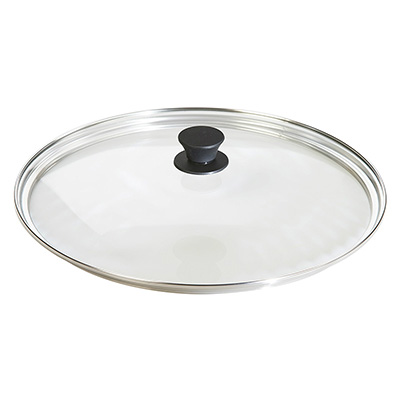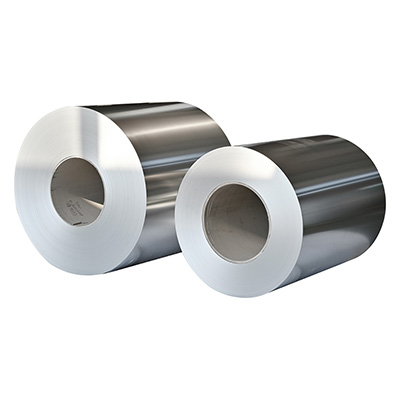In the field of kitchenware manufacturing, stainless steel has become the preferred material for pot production due to its corrosion resistance, easy cleaning, and high strength. Among them, 201, 304, and 430 grades of stainless steel are widely used in the production of glass lids (areas that do not directly contact food, such as pot edges and handle connections) due to performance differences and cost advantages.
What are the advantages of 201 stainless steel?
201 stainless steel is an austenitic stainless steel, containing 18% chromium and 8% nickel, but manganese replaces part of the nickel element to reduce costs. Its core advantage is its low price, which is about 30% lower than the cost of 304 stainless steel. At the same time, it has basic corrosion resistance and can resist daily water vapor, weak acid and weak alkali erosion.
Why can 304 stainless steel become the "gold standard" for food-grade safety?
304 stainless steel (austenite, containing 18%-20% chromium and 8%-10.5% nickel) is an "all-round player" in the cookware industry. It has excellent corrosion resistance, formability and weldability, and has become a mandatory standard for areas that directly contact food (such as the inner layer of the pot body).
In the production of glass lids materials, although 304 stainless steel has a high cost, it is widely used in edge reinforcement, steam valves and other parts of high-end cookware due to its strong resistance to pitting and crevice corrosion. In addition, the low-temperature toughness of 304 (stable from -196℃ to 800℃) also makes it a preferred material for induction cooker compatible cookware.
Is 430 stainless steel a "balance master" of thermal conductivity and cost?
The differentiated advantage of 430 stainless steel (ferrite, containing 16%-18% chromium and no nickel) is that its thermal conductivity is better than that of austenitic stainless steel, and its cost is about 20% lower than that of 304. This feature makes it a "functional player" in the production of glass lids materials, especially suitable for scenes that require fast and uniform heat conduction.
From the cost reduction of 201 stainless steel coils, to the safety protection of 304 stainless steel coils, to the functional enhancement of 430 stainless steel coils, the division of labor and cooperation among the three materials reflects the precise control of performance, cost and scenarios by the kitchenware industry. In the future, with the advancement of material science and the upgrading of consumer demand, the production of stainless steel pot edges will become more refined, bringing consumers a safer, more efficient and durable cooking experience.

